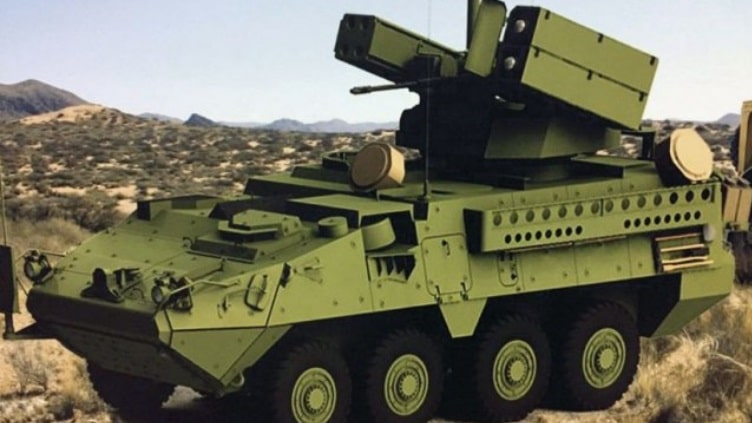One year after its creation, the US Army Future Command will reach its full operational capacity in the coming weeks, to take charge of the technological and operational future of the US Army. Created by General Mattis just a year ago, and entrusted to Lieutenant General Mike Murray, the AFC aims to quickly restore to the American forces a technological advantage significantly damaged in recent decades by programs of equipment in wandering, while the country's adversaries, Russia and China not to mention them, have demonstrated a remarkable method and determination to make up for their delays, and even sometimes surpass US power.
And there will be no shortage of programs, such as the Future Long-Range Assault Aircraft (FLRAA) intended to replace the UH60 Black Hawk, the Extended Range Canon Artillery (ERCA) to extend the range of the M109 Paladin, or even the M-SHORAD to fill the deficit in short-range defense systems for the US Army against aircraft, helicopters and cruise missiles. Added to this are programs for hypersonic weapons, tactical missiles, night vision, training and simulation, and of course, the Optionally Manned Fighting Vehicle program intended to replace the M2 Bradley.

One of the priority objectives of General Murray and his tight team is to keep a tight rein on all the players in these programs, whether in terms of budget, as in terms of deadlines, and even to try to reduce these deniers as much as possible. Thus, the FARA program, for Future Attack Reconnaissance Aircraft, which must replace the OH56 Kiowa helicopters withdrawn from service in 2014, is expected for 2028 in the forces, but the AFC wants to try to reduce this duration by several years, the need being deemed critical and urgent.
In addition to the technological recapitalization of the armies, the second mission of the AFC will be to prevent a situation similar to that which persists today from happening again, and keeping a constant eye on the technological developments of other nations, and by limiting programs in duration and, sometimes, in ambition, to maintain optimum military power at all times, and not “in a few years”.

The logic underlying Army Future Command is interesting in more than one way. But it is above all this last point which is remarkable, and which should inspire Europeans in general, and the French in particular. Indeed, if France has not “lost itself” like the United States in programs with poorly controlled ambitions, such as the Zumwalt destroyers, or the F35, it has nevertheless allowed a drift to become established. very worrying about the technological aging of the forces. And like the United States, France is today very exposed in terms of high-intensity engagements, having neither the armor, nor the artillery systems, nor the anti-aircraft systems or the crossing necessary for this. assignment.
The main strength of the AFC is to give power of expression and judgment to a general officer from the fighting forces, for whom this is the main mission, and who, in fact, will not hesitate to do so, even if it means offending the opinions of the supervisory political authorities or industrialists. In this sense, the AFC is a “machine to win” future wars, whatever the opponent, whatever the terrain, whatever the tempo. For this, it should be studied carefully by the French and European military authorities.

